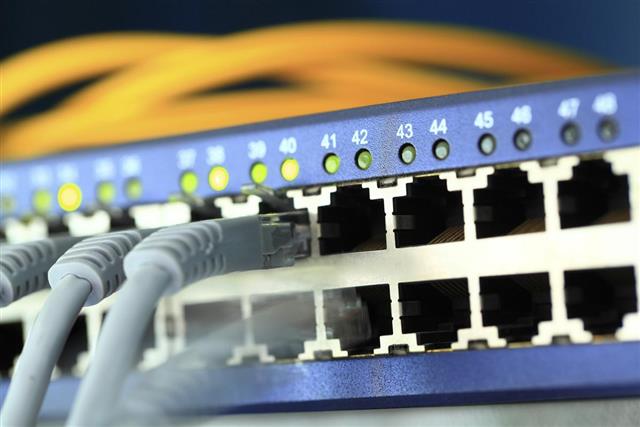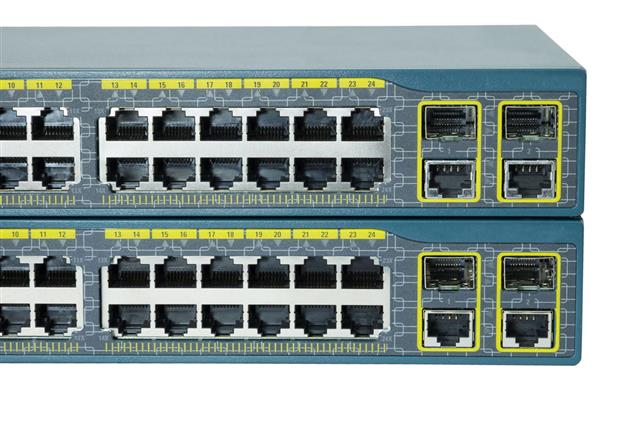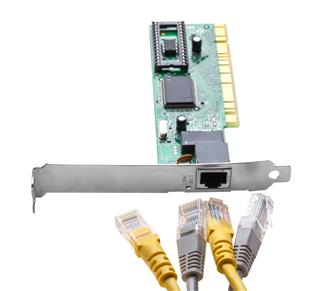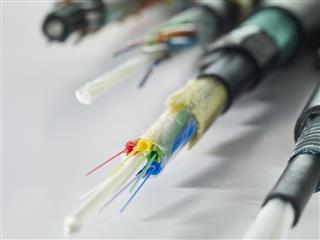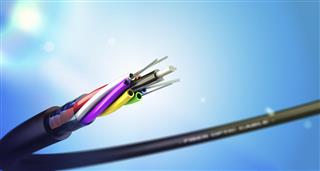
Today, if you look around, virtually everything you see is powered by electricity in some form or the other. ScienceStruck will explain the difference between the 2 forms of current – alternating current and direct current.
AC/DC is the name of a music band
The Australian hard rock band got its name from the specifications of a sewing machine belonging to the sister of the founders―the Young brothers. It said “AC/DC”, meaning that the machine could run on both alternating as well as direct current.
Alternating current and direct current are the two main forms of charges powering our electric and electronic world. If you have heard the names AC and DC for the first time, then this ScienceStruck article will be very helpful in introducing the basic concepts about these power sources.
What is AC?
An alternating current can be defined as a flow of electric charge that changes its direction at regular intervals. The period/regular intervals at which an AC changes its direction is termed as its frequency (Hz). This current can be represented on a graph as a sinusoidal wave. Marine vehicles, spacecrafts, and military equipment sometimes use AC with a frequency of 400 Hz. However, for most of the time, including domestic use, the frequency of AC is fixed at 50 or 60 Hz. The households in the U.S. are supplied with 60 Hz AC, whereas the frequency of alternating current for domestic purposes is 50 Hz in European countries.
What is DC?
Direct current is a current (flow of electric charge or electrons) that flows only in one direction. If represented on a graph, DC can be plotted as a straight line as it does not change direction. Subsequently, there is no frequency associated with a DC. If you are a student, the frequency of DC is normally asked as trivia. The fact is DC or direct current has zero frequency.

Sources of AC and DC
AC: Power plants and AC generators produce alternating current.
DC: Solar cells, fuel cells, and thermocouples are the main sources for the production of DC. But the major source of DC is the conversion of AC.
Applications of AC and DC
● AC is used to power refrigerators, domestic lights, fans, motors, air conditioners, CRT TVs, food processors, washing machines, and virtually all industrial machinery.
● DC is mainly used to power electronics and other digital equipment. Smartphones, tablets, electric vehicles, etc. LED and LCD TVs also run on DC that is converting from the usual AC power source.
Why is AC used for power transmission?
- It is cheaper and easier to produce AC.
- AC at high voltage can be transported hundreds of miles without much power loss. AC can also be brought down (stepped down) to lower voltages very easily. Power stations and transformers reduce the magnitude of this voltage to a usable level (110 or 230 V) before transferring it to our homes.
Which is more hazardous? AC or DC?
It is believed that DC is less hazardous than AC, but there is no definitive proof about it. There is a misunderstanding that coming in contact with high voltage AC is more lethal than low voltage DC. Actually, it’s not about the voltage, it is about the amount of current that passes through the human body.
So, don’t mess with electricity as it can prove hazardous. AC and DC can both be fatal. Don’t insert your finger or objects inside power sockets or gadgets and high power equipment.


